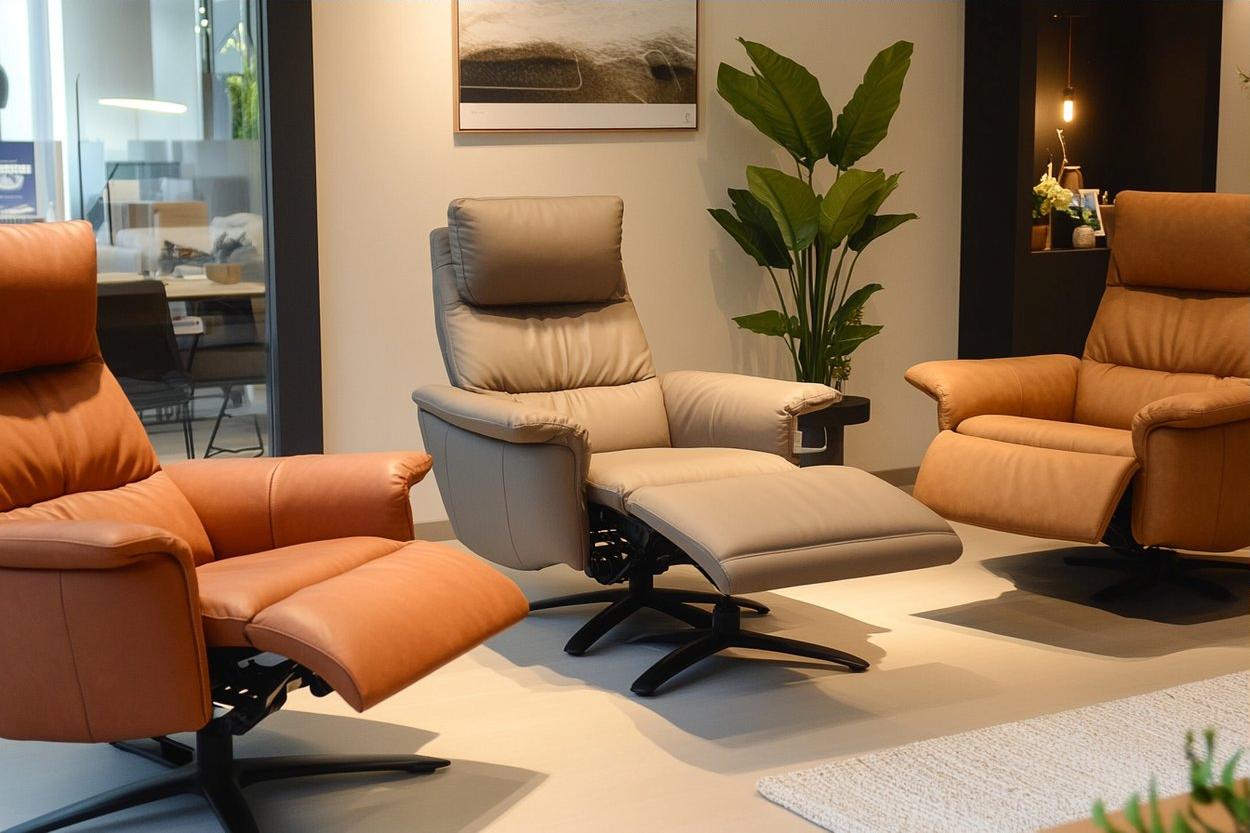Augmented Reality in Opera: A Digital Renaissance
In the grand halls of opera houses worldwide, a quiet revolution is unfolding. Augmented reality (AR) technology is breathing new life into this centuries-old art form, creating an immersive experience that blends traditional operatic performances with cutting-edge digital elements. This fusion of classical artistry and modern innovation is reshaping how audiences engage with opera, offering fresh perspectives on beloved classics and opening doors to entirely new forms of storytelling.

Technological Advancements Paving the Way
As AR technology advanced, so did its applications in opera. The development of more sophisticated hardware, including lightweight AR glasses and improved projection systems, allowed for more seamless integration of digital elements into live performances. Software improvements enabled real-time tracking and rendering, creating a more responsive and interactive experience for both performers and audience members.
Transforming the Audience Experience
One of the most significant impacts of AR in opera is the transformation of the audience experience. Viewers equipped with AR devices can now see additional layers of information and visual effects superimposed on the live performance. This might include subtitles in multiple languages, historical context about the opera or composer, or fantastical elements that enhance the narrative, such as mythical creatures or elaborate magical effects that would be impossible to create with traditional stagecraft.
Reimagining Classic Operas
AR technology has breathed new life into classic operas, allowing directors to reinterpret familiar works in groundbreaking ways. For instance, a production of Wagner’s Ring Cycle might use AR to visualize the magical elements of the story, bringing dragons and valkyries to life in a way that seamlessly blends with the physical performers on stage. This approach not only enhances the visual spectacle but also provides new avenues for artistic expression and interpretation.
Creating New Forms of Opera
Beyond enhancing existing works, AR is inspiring the creation of entirely new operas designed specifically for this medium. These productions blur the lines between traditional opera, immersive theater, and digital art. Composers and librettists are exploring narratives that take full advantage of AR’s capabilities, creating multi-layered stories that unfold differently for each audience member based on their interactions with the digital elements.
Challenges and Controversies
The integration of AR into opera has not been without its challenges and controversies. Purists argue that the technology distracts from the core elements of opera - the music and the performers. There are also concerns about accessibility, as AR equipment can be expensive and may create a divide between audience members who can afford the enhanced experience and those who cannot. Additionally, technical glitches or poorly implemented AR elements can detract from rather than enhance the performance.
The Future of AR in Opera
As technology continues to evolve, the possibilities for AR in opera seem limitless. Future developments may include more interactive elements, allowing audience members to influence the performance in real-time, or the creation of personalized experiences tailored to individual preferences. There’s also potential for AR to extend the opera experience beyond the theater, with companion apps that provide additional content before and after the performance.
Impact on Opera Education and Outreach
AR technology is proving to be a valuable tool for opera education and outreach programs. By making operas more visually engaging and providing contextual information in an accessible format, AR can help attract younger audiences and demystify an art form often perceived as elitist or difficult to understand. Some opera companies are developing AR-enhanced educational programs for schools, using the technology to introduce students to opera in a way that resonates with their digital-native sensibilities.
The Global Adoption of AR in Opera
While the use of AR in opera began primarily in tech-forward regions, it’s gradually gaining traction globally. Opera houses from Europe to Asia are experimenting with the technology, each bringing their unique cultural perspectives to its implementation. This global adoption is fostering a new era of international collaboration, as opera companies share experiences and best practices for integrating AR into their productions.
Balancing Tradition and Innovation
As AR becomes more prevalent in opera, the challenge for directors, performers, and opera companies is to strike a balance between tradition and innovation. The goal is to use technology to enhance rather than overshadow the fundamental elements that have made opera a beloved art form for centuries. Successful productions will likely be those that use AR judiciously, complementing the music, performances, and storytelling rather than dominating them.
In conclusion, augmented reality is ushering in a new era for opera, one that honors its rich history while embracing the possibilities of the digital age. As this technology continues to evolve and become more integrated into operatic productions worldwide, it promises to bring new audiences to this timeless art form, create innovative storytelling opportunities, and ensure that opera remains a vital and dynamic part of our cultural landscape for generations to come.





